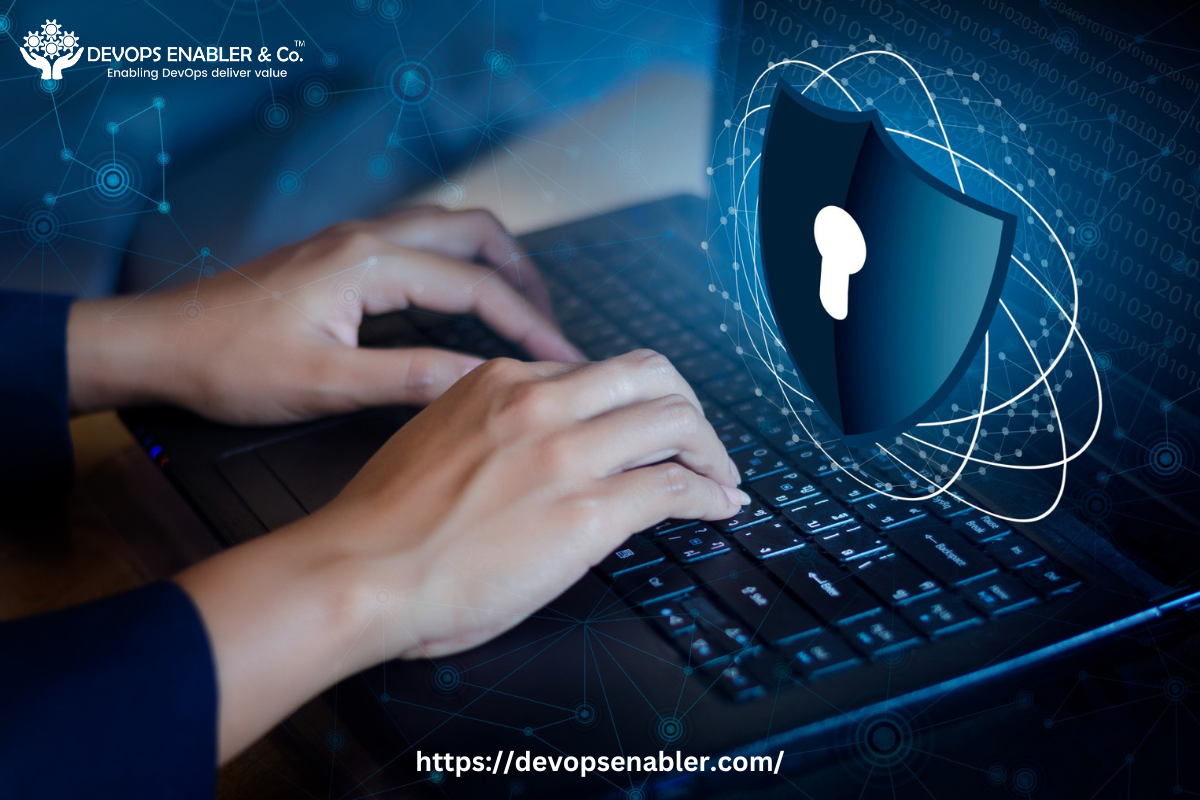The paradigm of DevSecOps has risen to prominence, emphasizing the integration of security measures seamlessly into the Software Development Life Cycle (SDLC). At the heart of this evolution is the concept of Security-as-Code, a pragmatic approach that automates and embeds security controls throughout the SDLC. As infrastructure as code gains momentum, the automated application of security policies becomes a critical necessity to keep up with the accelerating velocity of DevOps.
Efficiency through Predefined Security Policies:
The adoption of predefined security policies serves as a cornerstone for enhancing efficiency within the development process. By establishing standardized security controls, organizations ensure the consistent application of checks on automated processes. This proactive approach acts as a safeguard, preventing misconfigurations that could potentially lead to exploitable security flaws.
Francois Raynaud, founder and managing director of DevSecCon, underscores the essence of Security-as-Code in making security more transparent. He emphasizes the need for security practitioners and developers to speak the same language, requiring security teams to understand developers' workflows. This understanding is essential for building security controls into the SDLC, ones that not only enhance security but also accelerate development.
Empowering Developers for Secure Code:
The desire of developers to create secure code has long been apparent, but the lack of tools and practices has presented a persistent challenge. The integration of security into the DevOps workflow represents a pivotal shift, empowering developers to identify and rectify security flaws early in the development process. This proactive approach ensures the resolution of vulnerabilities at their inception before they can be exploited.
Connect with Our Team for Help: https://devopsenabler.com/contact-us
Six Security-as-Code Capabilities to Prioritize:
- Automate: Integrate security scans and tests, including static analysis, container scanning, and fuzz testing, within your pipeline. This ensures the consistent application of security checks across all projects and environments, mitigating the risk of misconfigurations.
- Build: Establish an immediate feedback loop by presenting security scan results to developers during the coding process. Real-time feedback empowers developers to remediate issues promptly and learn best security practices during the coding process.
- Evaluate: Implement checks to evaluate and monitor automated security policies continuously. This includes verifying that sensitive data and secrets are not inadvertently shared or published during development.
- Standardize: Standardize exception-handling processes by automating simple remediations for identified vulnerabilities and streamlining approvals for more complex issues. This ensures a consistent and efficient approach to handling security concerns across projects.
- Test: Integrate continuous testing into the development pipeline, testing new code with every code change. This early testing identifies and addresses security vulnerabilities, preventing their introduction into the production environment.
- Monitor: Employ both scheduled and continuous methods to monitor vulnerabilities and track their remediation progress. Features such as GitLab’s Security Dashboard and Compliance Dashboard enhance visibility and simplify tracking security measures.
By prioritizing these six Security-as-Code capabilities, development teams can evolve into well-coordinated DevSecOps machines. Security-as-Code not only strengthens applications against potential threats but aligns with the principles of DevOps. As organizations progress on this journey, Security-as-Code emerges as the intelligent solution within the intricate landscape of DevOps, ensuring that security is not a hindrance but an integral and efficient component of the software development life cycle.
Contact Information:
- Phone: 080-28473200 / +91 8880 38 18 58
- Email: [email protected]
- Address: #100, Varanasi Main Road, Bangalore 560036.
